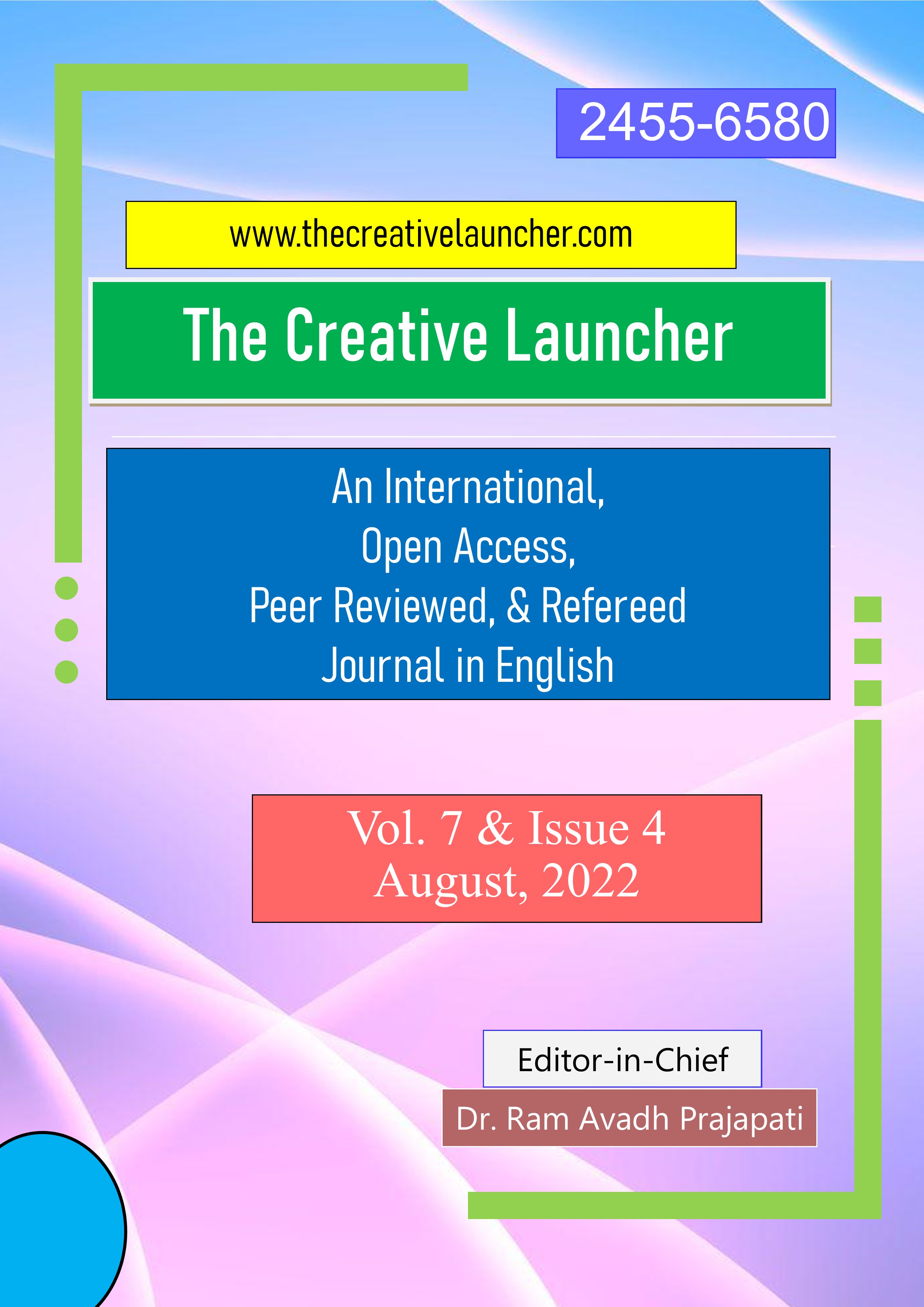Ethnic Identity and Cultural Assimilation in M. G. Vassanji’s No New Land
Main Article Content
Abstract
Colonialism makes a large set of people from South Asia migrate to Africa. People from India are used as a man power for railway line construction in Africa. After the end of colonialism, these migrated people became competitors to Africans in employment. Africans start treating them harshly. So, they are forced to migrate once again to America or to Canada. M. G. Vassanji’s No New Land starts with the second migration of people from South Asia to Canada. Because of this second migration, these people want to make sure their connection to their culture and to their ethnicity. Their apartment in Canada looks like a mini version of Dar es Salaam. They try to stick to their Indianness in the midst of a completely strange culture. However, their kids who do not have any immediate connection with their culture start assimilating the new culture and way of living. This paper aims at projecting the plight of South Asian immigrants in Canada.
Downloads
Metrics
Article Details

This work is licensed under a Creative Commons Attribution-NonCommercial-NoDerivatives 4.0 International License.
References
Bhabha, Homi K. The Location of Culture. Routledge, 2004.
Birbalsingh, Frank. “South Asian Canadian Writers from Africa and the Caribbean”. Novels and the Nation. Toronto: TSAR Publications, 1995.
Markovits, Claude. “Afterword: Stray Thoughts of a Historian on ‘Indian’ or ‘South Asian’ ‘Diaspora(s).’” Global Indian Diasporas: Exploring Trajectories of Migration and Theory, edited by Gijsbert Oonk, Amsterdam University Press, 2007, pp. 263–274. DOI: https://doi.org/10.1017/9789048501069.011
Vassanji, M. G. No New Land. McClelland & Stewart Ltd., 1994.





